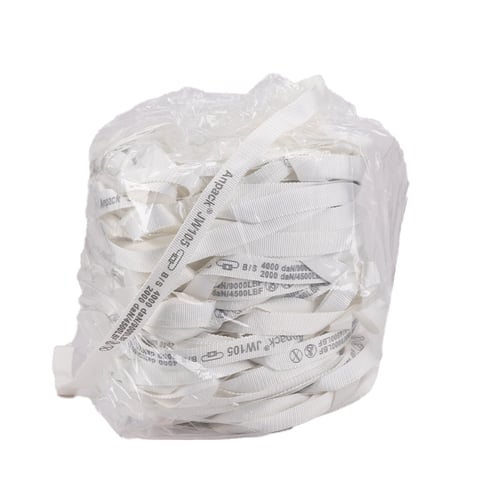Polyester and Polypropylene Tape: An Overview
Tapes are an essential component in many industries, from packaging and logistics to construction and transportation. However, with so many types of tapes available, it can be challenging to determine the right one for your application. Two of the most commonly used tapes are polyester and polypropylene tape. In this article, we will explore the differences between these two types of tapes to help you make an informed decision for your specific needs.
Material Composition
Polyester tape is made from polyester film coated with a silicone adhesive on one side. This adhesive is known for its high-temperature resistance, which makes it an excellent choice for masking applications during painting or powder coating. On the other hand, polypropylene tape is made from polypropylene film coated with a hot melt adhesive, which offers good adhesion to a variety of surfaces, including cardboard, plastic, and metal.
Strength and Durability
Polyester tape is known for its strength and durability, making it an excellent choice for heavy-duty applications. It has a high tensile strength, which means it can withstand a considerable amount of weight before breaking. On the other hand, polypropylene tape is not as strong as polyester tape, making it better suited for lighter applications or for temporary use.
Temperature Resistance
Polyester tape is highly temperature-resistant, with the ability to withstand temperatures ranging from -100°F to 400°F, making it ideal for high-temperature environments. Polypropylene tape, on the other hand, has a lower temperature resistance but can still withstand temperatures of up to 180°F. It's important to consider the temperature requirements of your application when choosing between polyester and polypropylene tape.
Moisture Resistance
Polyester tape is highly moisture-resistant, making it an excellent choice for outdoor applications and environments with high humidity. It is also resistant to chemicals and UV light, which can cause other types of tape to deteriorate. Polypropylene tape is less moisture-resistant than polyester tape and is better suited for indoor applications or environments with low humidity.
Aging and Yellowing
Polyester tape has excellent aging and yellowing resistance, meaning it won't deteriorate or turn yellow over time, making it a popular choice for long-term storage or display applications. Polypropylene tape, on the other hand, may deteriorate and turn yellow over time, making it unsuitable for long-term storage or display applications.
Cost
Polyester tape is generally more expensive than polypropylene tape due to its higher strength, temperature resistance, and moisture resistance. However, for applications that require these qualities, polyester tape may be the more cost-effective solution in the long run, as it will have a longer lifespan and require less maintenance or replacement.
Applications
Polyester tape is commonly used in the electronics industry, particularly for masking during wave soldering or reflow soldering processes, as well as for insulation, vibration damping, and surface protection. Polypropylene tape, on the other hand, is frequently used in the packaging industry for sealing boxes and cartons, as well as for bundling wires or cables and temporary repairs.
Conclusion
In conclusion, while both polyester and polypropylene tape have their own strengths and weaknesses, the choice ultimately depends on the specific requirements of your application. It's important to consider factors such as strength, temperature resistance, moisture resistance, aging, and cost when making a decision. By understanding the differences between these two types of tape, you can select the right one for your unique needs.

